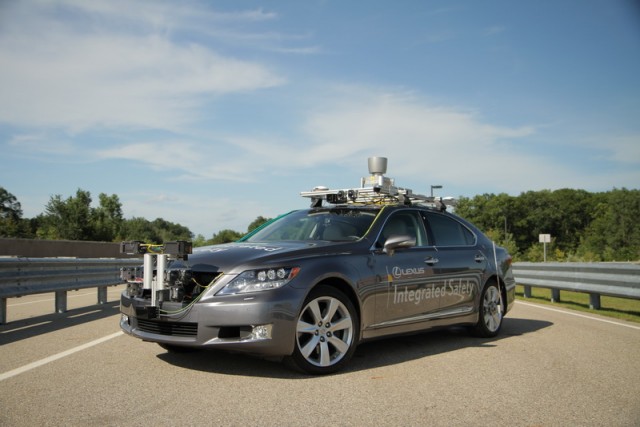Toyota has revealed two new safety systems that will be fitted to its models in the next few years. The Pre-Collision System (PCS) has been improved with auto-steering to avoid pedestrian collisions and Automated Highway Driving Assist (AHDA) maintains the car's position in lane and a safe distance from the car in front.
PCS uses on-board sensors to detect pedestrians in the vehicle's path; this initially triggers a warning light to alert the driver. If the danger of collision increases it sounds a warning and the brakes are applied. With Pedestrian-avoidance Steer Assist the system will attempt to steer away from the pedestrian if there is space and if braking alone isn't sufficient to prevent an accident. Toyota wants to make the automatic braking system more affordable and available on more models by 2015, prior to the introduction of Steer Assist.
AHDA combines Co-operative-adaptive Cruise Control and Lane Trace Control to support safer motorway driving. Using vehicle-to-vehicle communication the co-operative cruise control is said to better maintain distance between cars than radar-based systems and improve fuel economy by reducing acceleration and deceleration. To maintain the position Lane Trace Control employs cameras and radar; the control software then supplies steering input, driving torque and brake force as directed.
Anything else?
To develop these and other safety systems Toyota has built the Advanced Active Safety Research Vehicle, based on a Lexus LS. Capable of being driven autonomously the car is in use at the Toyota Research Institute of North America, in Saline, Michigan. It is designed to assess the integration of various safety systems including cameras to monitor traffic signals and sensors to monitor for pedestrians and other traffic.

